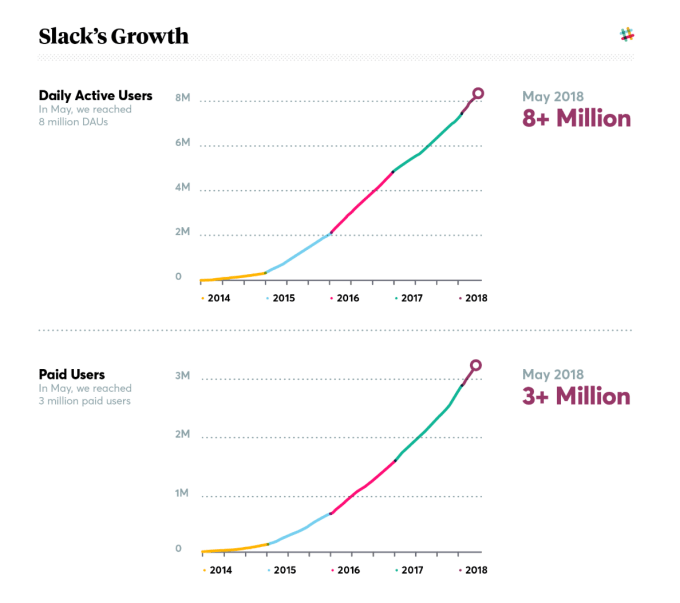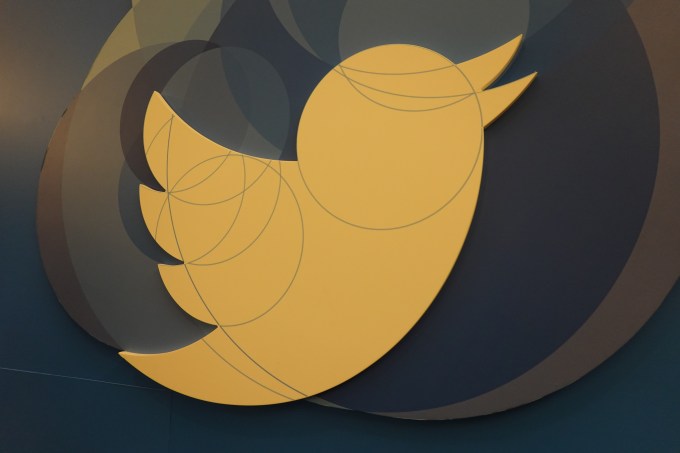On the heels of a recently-filed class action lawsuit over wages and tips, as well as drivers and shoppers speaking out about Instacart’s alleged practices of subsidizing wages with tips, Instacart is taking steps to ensure tips are counted separately from what Instacart pays shoppers.
In a blog post today, Instacart CEO Apoorva Mehta said all shoppers will now have a guaranteed higher base compensation, paid by Instacart. Depending on the region, Instacart says it will pay shoppers between $7 to $10 for full-service orders (shopping, picking and delivering) and $5 for delivery-only tasks. The company will also stop including tips in its base pay for shoppers.
“After launching our new earnings structure this past October, we noticed that there were small batches where shoppers weren’t earning enough for their time,” Mehta wrote. “To help with this, we instituted a $10 floor on earnings, inclusive of tips, for all batches. This meant that when Instacart’s payment and the customer tip at checkout was below $10, Instacart supplemented the difference. While our intention was to increase the guaranteed payment for small orders, we understand that the inclusion of tips as a part of this guarantee was misguided. We apologize for taking this approach.”
For the shoppers who were subject that approach, Instacart says it will retroactively pay people whose tips were included in payment minimums.
You can read the full blog post at the bottom of this post. For background, Instacart had previously guaranteed its workers at least $10 per job, but workers said Instacart offsets wages with tips from customers.
The suit alleges Instacart “intentionally and maliciously misappropriated gratuities in order to pay plaintiff’s wages even though Instacart maintained that 100 percent of customer tips went directly to shoppers. Based on this representation, Instacart knew customers would believe their tips were being given to shoppers in addition to wages, not to supplement wages entirely.”
In addition to the lawsuit, workers have taken to Reddit and other online forums to speak out against Instacart’s paying practices. Since introducing a new payments structure in October, which includes things like payments per mile, quality bonuses and customer tips, workers have said the pay has gotten worse — far below minimum wage. In one case, Instacart paid a worker just 80 cents for over an hour of work. Instacart has since said it was a glitch — caused by the fact that the customer tipped $10 — and has introduced a new minimum payment for orders. So, Instacart paid the worker $10.80, but just 80 cents of it came from Instacart.
While Instacart has said this was an edge case, Working Washington says this has happened in other cases. In another case, Instacart paid a worker just $7.26 (including cost of mileage) for over two hour’s worth of work.
“We heard loud and clear the frustration when your compensation didn’t match the effort you put forth,” Mehta wrote in the blog post. “As we looked at some of the extreme examples that have been surfaced by you over the last few days, it’s become clear to us that we can and should do better. Instacart shouldn’t be paying a shopper $0.80 for a batch. It doesn’t matter that this only happens 1 out of 100,000 times – it happened to one shopper and that’s one time too many.”
Here’s the full text of Mehta’s post:
To Our Shopper Community:
Every day, millions of people entrust Instacart to help get the food they need to feed their families and get back valuable time to spend with their loved ones. By delivering to and for our customers, you’ve become household heroes for millions of families across North America. This past week however, it’s become clear, that we’ve fallen short in delivering on our promise to you.
As you know, we’ve made changes to our shopper earnings model over the last year. These changes were designed to increase transparency while also keeping pace with a rapidly-evolving industry. In doing so, we’ve tried, in good faith, to balance those needs, but clearly we haven’t always gotten it right.
As a company, we remain committed to listening and putting our shoppers more at the forefront of our decision making. Based on your feedback, today we’re launching new measures to more fairly and competitively compensate all our shoppers. As part of this, our earnings approach moving forward will adhere to the following:
-
Tips should always be separate from Instacart’s contribution to shopper compensation
-
All batches will have a higher guaranteed compensation floor for shoppers, paid for by Instacart
-
Instacart will retroactively compensate shoppers when tips were included in minimums
Below are details on each new element of shopper earnings, which we will be rolling out in the coming days.
Tips Should Always Be Separate From Instacart’s Contribution to Shopper Compensation – After launching our new earnings structure this past October, we noticed that there were small batches where shoppers weren’t earning enough for their time. To help with this, we instituted a $10 floor on earnings, inclusive of tips, for all batches. This meant that when Instacart’s payment and the customer tip at checkout was below $10, Instacart supplemented the difference. While our intention was to increase the guaranteed payment for small orders, we understand that the inclusion of tips as a part of this guarantee was misguided. We apologize for taking this approach.
All Batches Will Have a Higher Guaranteed Floor for Shoppers, Paid by Instacart – We’re instituting a higher minimum floor payment from Instacart on all batches. Today our minimum batch payment is $3. Depending on the region, our minimum batch payment will increase to between $7 and $10 for full service batches (where a shopper picks, packs and delivers the order) and $5 for delivery only batches (where a shopper delivers the order after a separate person picks the groceries). These increased batch floors will be consistent for all shoppers within a particular geographic area. In addition to the higher guaranteed floors, Instacart will also pay a quality bonus and peak boosts for orders that qualify. Any tips earned by shoppers will be separate and in addition to Instacart’s contribution.
Instacart Will Retroactively Compensate Shoppers When Tips Were Included in Minimums – Over the coming days, as we transition to the new higher minimum floor payments, we will make you whole on the transactions that have occurred since the launch of this feature. Specifically, we will proactively reach out to all shoppers who were adversely affected by instances in which Instacart’s payment was below the $10 threshold. For example, if a shopper was paid $6 by Instacart, to compensate for our mistake, he or she will receive an additional $4 from Instacart.
In creating these changes to improve, enhance and create clarity for shopper compensation, these new measures will do the following:
1. Better protect shoppers from smaller, outlying batches. We heard loud and clear the frustration when your compensation didn’t match the effort you put forth. As we looked at some of the extreme examples that have been surfaced by you over the last few days, it’s become clear to us that we can and should do better. Instacart shouldn’t be paying a shopper $0.80 for a batch. It doesn’t matter that this only happens 1 out of 100,000 times – it happened to one shopper and that’s one time too many. We believe that these new guaranteed floor minimums will better protect our shoppers going forward.
2. Customer tips will no longer have any impact on Instacart’s contribution to shopper earnings. With an average tip of $5, our customers regularly recognize shoppers with tips for the services they provide. We believe that with these changes customers will continue to be able to recognize great service and have full confidence that their tips are going to the shopper who delivered their order, with no impact whatsoever on what the shopper receives from Instacart. As always, shoppers will receive 100% of their tips, regardless of the batch compensation.
3. These changes will increase Instacart’s overall contribution to our shopper’s earnings and we believe that the change in tip structure will separate Instacart from an industry standard that’s no longer working for our shoppers and our customers.
Finally, I want to thank you for your feedback. It’s our responsibility to change course quickly when we realize we’re on the wrong path and we believe today’s changes are a step in the right direction.
Apoorva Mehta
Founder & CEO of Instacart

Source: Tech Crunch





